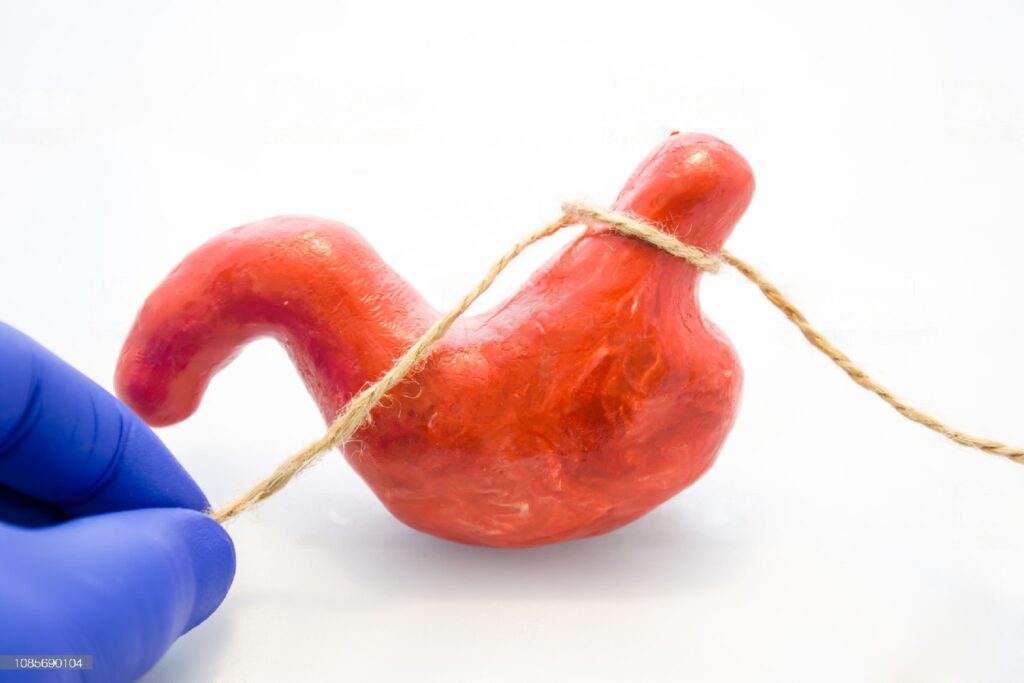
Hernia Surgery
Each organ inside our body is packed within its own chamber. The holding tissues
are strong and tight enough that they stay secure even after our rigorous
movement is daily life. But then certain incidents can loosen this hold and that
can cause a series of anomalies in your health. Medically, this condition is known
as hernia.
WHAT IS HERNIA?
Inside your abdominal muscle, peritoneum, a kind of soft tissue, holds your
internal organs in place. If for some reason, an organ pushes through an opening
or a soft area in the peritoneum, the condition is called hernia. It is usually visible
in the form of a bump in the area. Depending on the location and extent of
displacement, it can be either painless or painful, harmless or harmful. However,
painlessness in such a condition doesn’t necessarily mean that it is harmless.
WHAT ARE THE TYPES OF HERNIA?
Depending on the position of the displacement of an organ, hernia can be of 5
types:
Inguinal
Incisional
Femoral
Umbilical
Hiatal
Types of Hernia
Inguinal Hernia: If the intestine or the bladder pushes out through the abdominal
wall, it is called an inguinal hernia. It is the most common cause of abdominal
hernia. It is more common in men since there is a natural weak spot in the area
where their testicles descend from (and the canal may not close entirely). This
type of inguinal hernia is called an indirect inguinal hernia. In a direct inguinal
hernia, the organs protrude through a weak spot in the abdominal tissue.
Pantaloon hernia occurs when both direct and indirect inguinal hernia occur on
the same side of the body.
Incisional Hernia: Incisional hernia occurs when an organ pushes out of its place
through an improperly healed surgical wound. This can occur if the surgical
wound is not aligned properly, due to strenuous activities before the wound heals
properly, weakening of the scarred area in later years, etc. The most common
victims of such hernia are th elderly and obese people who lead an inactive life
post an abdominal surgery.
Femoral Hernia: Most common in pregnant and obese women, femoral hernia
occurs when abdominal contents squeeze through a naturally weak area in the
abdominal wall. This type of hernia is very rare and is usually harmless. However, if
the condition does lead to blocking an artery, surgical treatment becomes
necessary.
Umbilical Hernia: When a small part of the small intestine pushes through the
abdominal walls near the navel area, it is called an umbilical hernia. It is most
common in children and obese women. In children, this type of hernia usually
subsides on its own as the abdominal muscles get stronger. However, if a bulge is
still visible around the navel area when the child is more than 5 years of age,
medical intervention is required.


WHAT CAUSES HERNIA?
Hernia is caused due to a combination of two factors – a weak spot in the soft
tissue surrounding and organ and a pressure that pushes the organ through the
weak spot. But what causes the weakness or the pressure can be versatile.
Causes of unnatural pressure:
Heavy lifting
Persistent coughing or sneezing
Multiple pregnancy
Constipation
Ascites (build up of abdominal fluid)
Incorrect posture
Causes of occurrence of a weak spot:
Congenital weakness
Unhealed surgical wound
Internal injury caused due to external force
Smoking
Poor nutrition
Obesity
Ageing
Recurring pregnancies
Cystic fibrosis
Chronic lung disease
Sometimes, the cause of hernia remains undetermined. In general, the risk of
getting a hernia increases with age. It is also more common in men than in
women. Children who are born prematurely must always have an eye out for any
anomaly that may indicate a potentially dangerous hernia.
WHAT ARE THE SIGNS AND SYMPTOMS OF HERNIA?
The most common symptom of a hernia is a bump in your body. The location and
the extent of the bulging depends on the type of hernia and extent of dislocation
of the organ. However, in some cases, hernia may not be visible externally at all.
Nonetheless, watch out for the following symptoms:
A bulge in the abdomen, groin, or naval
Visible lump at certain postures or movements of the body like standing up
or coughing etc.
Pain around the same area
Nausea and/or vomiting
Acid reflux (Hiatal hernia)
Visit a doctor as soon as you notice any of these anomalies in your body. If your
hernia is not treated on time, the damage may progress wherein the protruding
organ may block an artery leading to strangulated hernia. Strangulated hernia is a
medical emergency and needs to be surgically operated immediately.
HOW IS HERNIA TREATED?
For a painless hernia that does not seem to be affecting your health at the
moment, the standard procedure is to wait and watch. Professional massage or
physiotherapy may help some patients. However, the key here is to stay under a
doctor’s supervision.
When the hernia starts to hamper your bodily functions, medical intervention
becomes necessary. Surgery is the way to go. Earlier, a surgeon would cut open
your abdomen, push back the protruding organ, mesh and stitch the weak spot
and close up the surgical incision. This was a lengthy process that involved a very
long and quite painful recovery period. But now the same can be done with very
small incisions.
LAPAROSCOPIC SURGERY FOR HERNIA
In a laparoscopic surgery for hernia, a few small holes are made in the surgical
area instead of one big cut. A light and a camera is inserted through one whole
which shows the condition and the progress of the operation on a monitor. With
continuous imaging guidance, the surgeon uses the other incisions to insert tools
that guide the organ back to its original position. The same tiny incision can be
used to repair the weak spot in your abdominal wall. The tools are retracted from
your abdomen and the incisions are sutured.